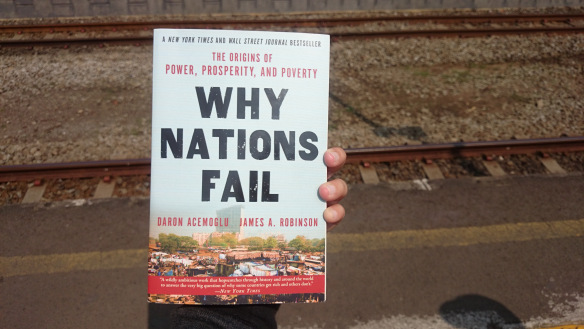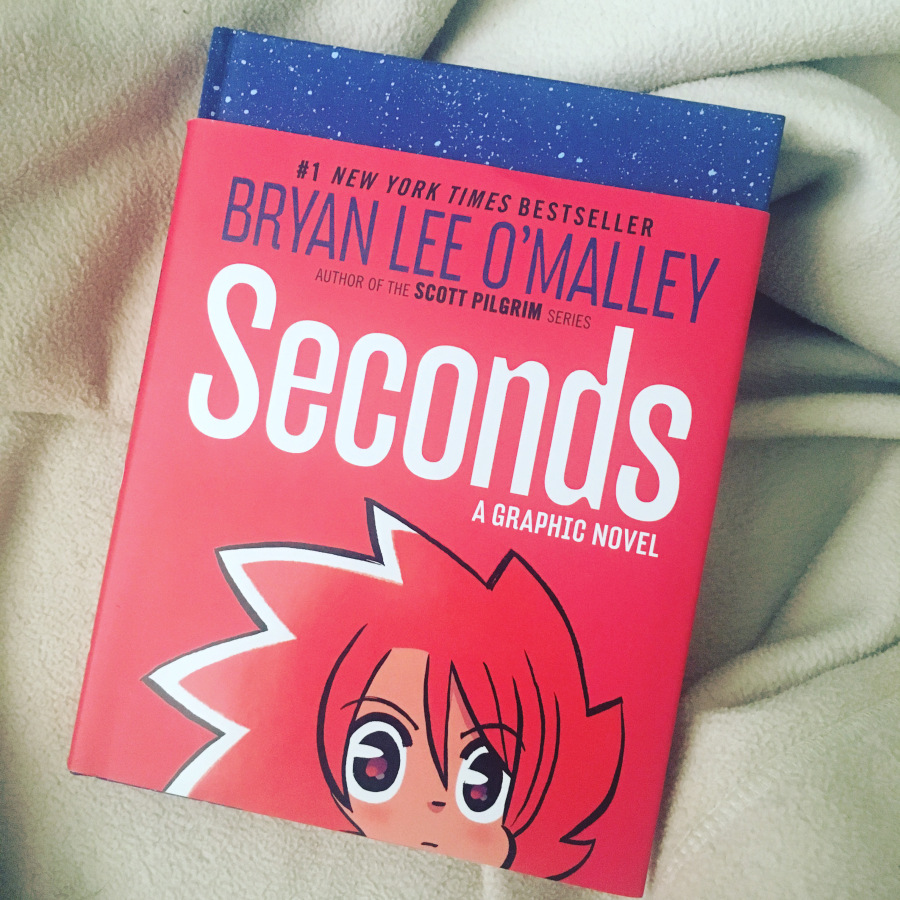In a time when so many issues seem insurmountable, Dr. Kenneth Schoon, professor emeritus of science education at Indiana University Northwest, has written a book about how community activists, government entities and corporations have all worked together to turn around the once vastly polluted lands and waters of Northwest Indiana.
together to turn around the once vastly polluted lands and waters of Northwest Indiana.
“It’s nothing short of miraculous,” says Dr. Kenneth Schoon, author of the recently released Shifting Sands: The Restoration of the Calumet Region (Quarry Press 2016; $30).
Schoon, winner of the 2016 Dorothy Riker Hoosier Historian Award, was asked by Lee Botts, founder of the Great Lakes Alliance and founding board member and president emeritus of the Dunes Learning Center, to write the companion piece to the 2016 Chicago/Midwest Regional Emmy Award nominated documentary film “Shifting Sands on the Path to Sustainability.” Botts, along with Tom Desch, Rana Segal and Pat Wisniewski produced the film for which they were nominated as finalists for the Society of Innovators.
“One of the things Lee discovered when she was working on the documentary was that a lot of people in this area who live here still think of this as still dirty as it was in the 1960s,” says Schoon, whose other books about the Region include Dreams of Duneland: A Pictorial History of the Indiana Dunes Region, Calumet Beginnings: Ancient Shorelines and Settlements at the South End of Lake Michigan and City Trees. “She knows that I use the standards of the academic but I write it for the general public and we thought this was an important story to get out.”
Schoon, who grew up in Gary and taught in the East Chicago Public Schools for over 20 years before earning his doctorate and teaching at Indiana University Northwest, put aside his other projects including a book on the Swedish settlements in Northwest Indiana, to begin his intensive research.
“At one time the Grand Calumet was the dirtiest river in the country,” he says. “The book shows how Northwest Indiana contributed to global clean-up. This was in part due to astronaut Frank Borman.”
In an interesting aside, Schoon says that at one time there was a Borman Avenue in Gary named after Frank’s grandfather.
“But when Gary annexed Tolleston about the same time they annexed Miller Beach, they changed the names of the streets which were named after early settlers to numbers,” he says. “But years later, they named the expressway after Borman’s grandson.”
Borman was the Commander of Apollo 8, the first manned voyage to orbit the moon, and both he and his crew took photos of the earth as seen from space.
“The photograph helped people appreciate how just self-contained our planet is, and its publication has been described, perhaps overenthusiastically, as the beginning of the environmental movement,” writes Schoon.
“Another important person from Northwest Indiana was Lynton Keith Caldwell who was a school teacher in Hammond and then got an advanced degree and became a professor at Indiana University East Chicago and then Bloomington,” says Schoon. “He’s often called the father of the environment impact statement—the National Environmental Policy Act which was passed by Congress in 1969 and required research before doing a project.”
The earth was so dirty back then, says Schoon, people realized a change needed to be made and fast. And business es once seen as adversarial to environmental became partners in cleaning up our section of the planet.
es once seen as adversarial to environmental became partners in cleaning up our section of the planet.
“Corporations like US Steel and ArcelorMittal, NIPSCO and BP work with environmentalist now, they all have environmentalists on their staff,” says Schoon. “The business environment has changed so much in this regard over the last 30 and 35 years. Business executives support the parks—the Indiana Dunes National Lake Shore and the Indiana Dunes State Park. They want clean air for their children and great places to live.”
There’s still more work to be done such as the lead clean up in East Chicago. And in ironic twist of good intentions, at one time sewage was dumped into waterways because people believed that industrial waste diluted the human waste.
“The water still flows over the bottom of these rivers where these pollutants from a hundred years ago have settled, it’s flowing over this horrible stuff,” says Schoon. “Parts of the Grand Calumet have not been dredged yet. Accidents can still happen and pollutants can be tossed into the air and river accidentally. We still need to measure air and water quality and respond to it quickly. But it’s so much better than it used to be.”
According to Schoon, a huge amount of restoration is going on today in Northwest Indiana, not just by the government but by non-profits like Save the Dunes, the Izaak Walton League, which founded in 1922, is one of the nation’s oldest conservation organizations and the Shirley Heinz Land Trust which has restored more than 2000 acres throughout Northwest Indiana.
“There is reason to celebrate,” he says.
Ifyougo:
What: Ken Schoon has several program and book signings scheduled.
February 23 at 7 p.m. Program and book signing for Highland Historical Society, Lincoln Center, Room 116-118, 2450 Lincoln St., Highland, IN. facebook.com/Highland-IN-Historical-Society





